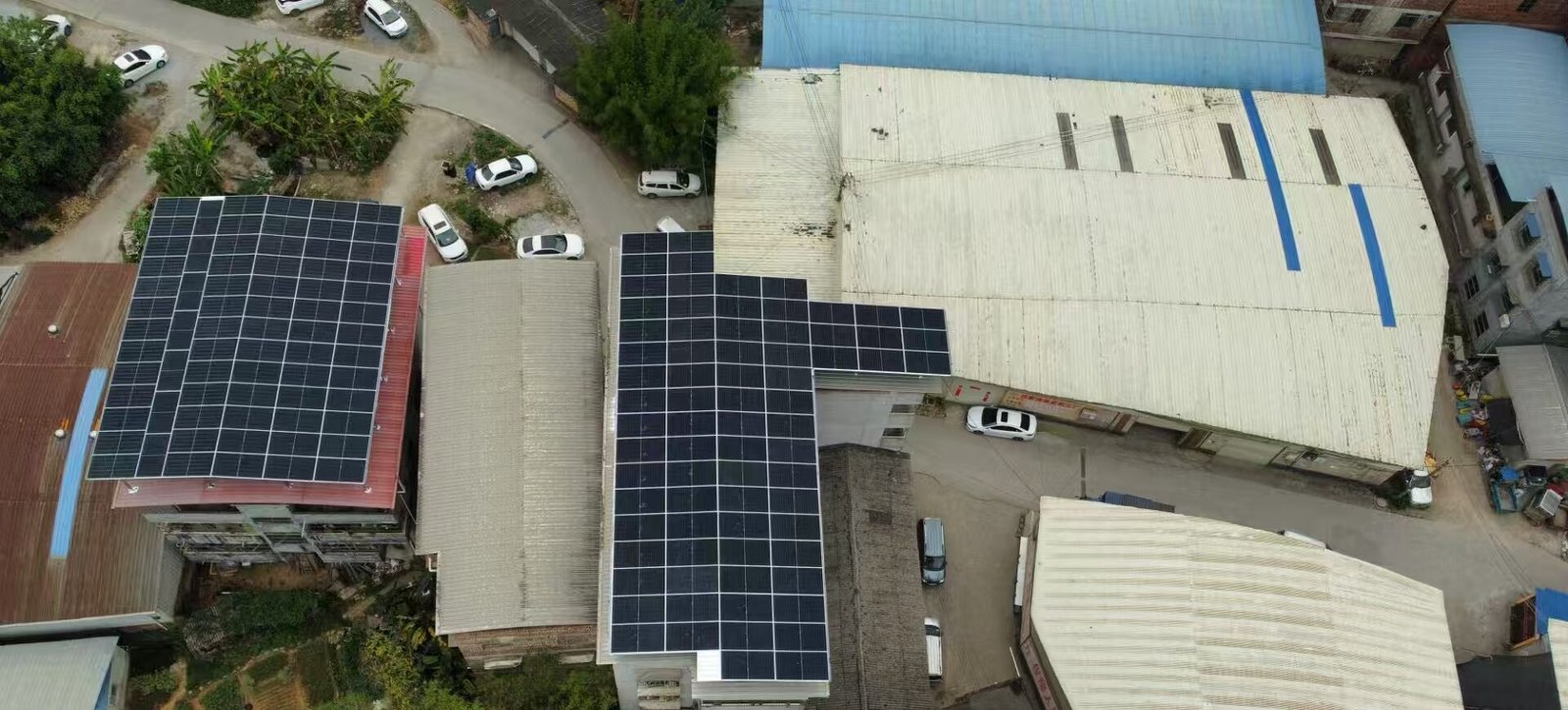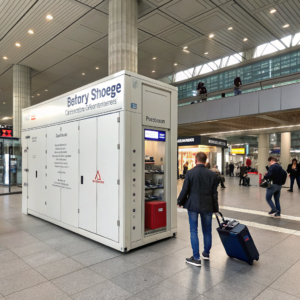Does Hot Weather Affect Solar Panel Performance?
•
Why do solar panels produce less power during summer despite more sunlight? Temperature effects on photovoltaic systems reveal an ironic twist in solar energy production.
Solar panel efficiency decreases as temperatures rise, with most losing 0.3%-0.5% of output per °C above 25°C (77°F) due to increased electron movement reducing voltage potential.
While sunlight powers solar panels, excessive heat actually works against their efficiency. This thermal paradox affects system designs, especially in warm climates where maximum production is needed most.
What Happens to Solar Panels When Temperatures Rise?
Why do your solar panels work harder but produce less on scorching days? Physics explains this counterintuitive phenomenon affecting photovoltaic conversion.
High temperatures increase electron activity in solar cells, leading to higher electrical resistance that reduces voltage output - the primary reason hot panels become less efficient even with full sun exposure.
The Physics Behind Temperature Effects
-
Voltage Drop Mechanism
- For every 1°C above 25°C (STC):
- Voltage decreases by 0.3%-0.5%
- Power output drops accordingly
- Example: 35°C day = ~3-5% power loss
- For every 1°C above 25°C (STC):
-
Real-World Impact (Residential System Example) Temperature Output Compared to STC 25°C (77°F) 100% (Standard Test Condition) 35°C (95°F) 94-97% 45°C (113°F) 88-92% -
Compensating Factors
- Longer daylight hours in summer
- Clearer skies than winter months
- Proper ventilation minimizes losses
Pro Tip: Light-colored roofs can reduce panel operating temperatures by 5-10°C compared to dark surfaces.
Heat Tolerance of Different Solar Cell Types
Not all solar panels suffer equally in the heat - which technologies handle high temperatures best?
Thin-film panels generally outperform crystalline silicon in hot climates, showing only 0.2-0.3% efficiency loss per °C versus 0.3-0.5% for mono/poly crystalline modules.
Performance Comparison by Technology
-
Temperature Coefficient Comparison Panel Type Efficiency Loss per °C Best For Monocrystalline -0.35% to -0.5% Temperate climates Polycrystalline -0.4% to -0.5% Budget installations Thin-Film (CdTe) -0.2% to -0.3% Desert regions -
Annual Yield Analysis (Hot Climate)
- Thin-film: 5-8% higher summer output
- Monocrystalline: Better winter performance
- Bifacial bonus: Additional 2-3% cooling effect
-
Manufacturer Solutions
- Special tempered glass coatings
- Improved backsheet materials
- Optimized cell spacing
Installation Tip: Ask for panels with low temperature coefficients (closer to -0.3%/°C) if living in consistently hot areas.
Cooling Techniques: How Mounting Affects Panel Temperature
Can you actually "air condition" your solar panels? Smart mounting strategies can significantly reduce heat-related losses without extra energy costs.
Elevated racking with 6-inch air gaps reduces solar panel temperatures by 8-15°C compared to roof-attached systems, potentially recovering 4-7% of lost efficiency in hot weather.
Effective Cooling Approaches
-
Mounting Options Comparison Method Temp Reduction Cost Impact Flush roof mount Baseline $ 6" elevated rack 8-15°C $$ Ground mount 10-18°C $$$ -
Innovative Solutions
- Water-cooled hybrid systems (PVT)
- Phase-change materials
- Passive ventilation designs
-
DIY Improvements
- Light-colored roofing beneath panels
- Proper vegetation management
- Avoiding heat-trapping enclosures
Maintenance Note: Regular cleaning prevents efficiency double-whammy - dust both blocks sunlight AND insulates panels, increasing operating temperatures.
Conclusion
While solar panels lose some efficiency in extreme heat, proper technology selection and installation techniques can minimize impacts - keeping your renewable energy savings shining year-round.





